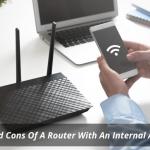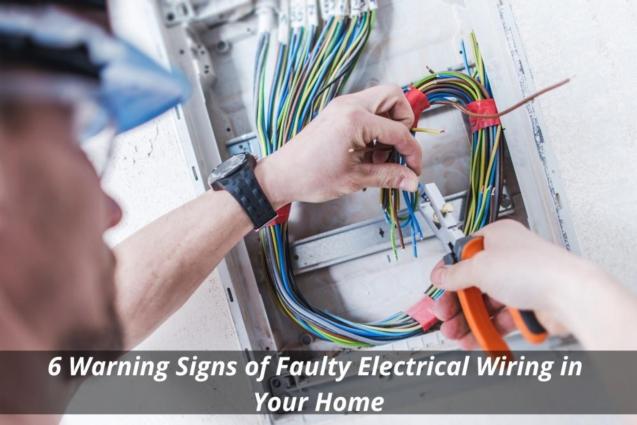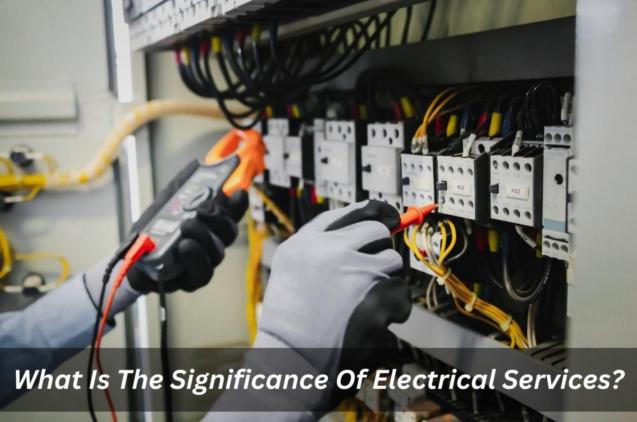
Pros And Cons Of A Router With An Internal Antenna
By Electrability|September 13, 2022
Routers have become essential components of our day-to-day lives. They allow us to connect our devices to the Internet and share files over wired or wireless connections. Many routers also come equipped with an internal antenna system that helps improve the performance and quality of tv reception issues.
Some people believe that antenna cables should only be mounted externally on the walls and roofs of buildings. Others claim that they are better off being placed inside the router itself. Which method is best? Let’s take a look at the advantages and disadvantages of each option.
Distributed Antenna Systems (DAS systems) include all wireless devices that transmit radio waves over distances greater than 1 kilometre (1 km). DAS can be used for indoor coverage within buildings, outdoor cellular phone coverage in rural areas, and remote LAN uplinks.
An external antenna allows you to place it anywhere outside of the home or office, such as on the roof, balcony, or even on top of a tree. If you decide to mount it like your tv mounted on the wall or ceiling of your room, then make sure to measure the distance between the router and the wall carefully. This will ensure maximum tv aerial coverage. You can buy pre-made brackets for this purpose if you do not want to use screws.
An exterior antenna provides excellent antenna services coverage in most areas because it has more space than an indoor one does. However, some users find them difficult to set up. In addition, many people complain about their high cost.
While installing an interior antenna means having to drill holes into your walls, building materials, or ceilings, these types of antennas provide solutions for reception problems in small spaces like bathrooms, bedrooms, and other rooms.
Additionally, they are easier to install because no professional tools are required to put them in place.
However, there are several downsides to using a router with an internal antenna.
It is highly recommended to hire a professional for your antenna repairs or digital tv antennas. They are an expert in the proper distribution of your antenna system for better tv signal, audio visual, base station, free to air tv, tv wall mounting and tv antenna installers.
Most experts agree that you should never rely solely on the strength of the signal reaching your location. Instead, you should always check the signal from multiple places before making a final decision.
If you choose to mount your router on the wall or another structure within your home, consider placing the antenna towards the middle or bottom of the router. Doing so increases the amount of space available for receiving signals coming through the router.
As mentioned above, you may end up spending a lot of time trying to locate the ideal location for your own router. While choosing a spot that offers good viewing angles and a clear view of the sky is important, you should also avoid placing a router near windows, heat sources, and electronic devices. These elements could cause interference that distorts the transmission of your WiFi connection.
Another thing to keep in mind is that a router and its associated accessories may increase the overall size of your house. For this reason, it’s best to install a router by itself rather than adding it to a larger package. Otherwise, you might end up replacing your whole house!
Antenna installation makes sense from an aesthetic point of view or because someone told you it would improve reception. Are these reasons enough to install one?
You can also use your router to help prevent theft. If you purchase a new router and don’t want to place it where anyone will see it, then the best option is to conceal it. It’s possible to buy self-contained routers that look almost identical to a normal desktop computer.
By connecting them to your existing internet connection, they remain invisible until you need them. They also act as an excellent deterrent to thieves.
Some people believe that antenna cables should only be mounted externally on the walls and roofs of buildings. Others claim that they are better off being placed inside the router itself. Which method is best? Let’s take a look at the advantages and disadvantages of each option.
Distributed Antenna Systems (DAS systems) include all wireless devices that transmit radio waves over distances greater than 1 kilometre (1 km). DAS can be used for indoor coverage within buildings, outdoor cellular phone coverage in rural areas, and remote LAN uplinks.
An external antenna allows you to place it anywhere outside of the home or office, such as on the roof, balcony, or even on top of a tree. If you decide to mount it like your tv mounted on the wall or ceiling of your room, then make sure to measure the distance between the router and the wall carefully. This will ensure maximum tv aerial coverage. You can buy pre-made brackets for this purpose if you do not want to use screws.
An exterior antenna provides excellent antenna services coverage in most areas because it has more space than an indoor one does. However, some users find them difficult to set up. In addition, many people complain about their high cost.
While installing an interior antenna means having to drill holes into your walls, building materials, or ceilings, these types of antennas provide solutions for reception problems in small spaces like bathrooms, bedrooms, and other rooms.
Additionally, they are easier to install because no professional tools are required to put them in place.
However, there are several downsides to using a router with an internal antenna.
- Firstly, since the antenna is built into the device, users must purchase additional cables to connect the two.
- Secondly, users need to have access to the back of the router to remove all the parts.
- Lastly, some routers with internal antennas cannot be used when connected to Wi-Fi networks.
It is highly recommended to hire a professional for your antenna repairs or digital tv antennas. They are an expert in the proper distribution of your antenna system for better tv signal, audio visual, base station, free to air tv, tv wall mounting and tv antenna installers.
Most experts agree that you should never rely solely on the strength of the signal reaching your location. Instead, you should always check the signal from multiple places before making a final decision.
If you choose to mount your router on the wall or another structure within your home, consider placing the antenna towards the middle or bottom of the router. Doing so increases the amount of space available for receiving signals coming through the router.
As mentioned above, you may end up spending a lot of time trying to locate the ideal location for your own router. While choosing a spot that offers good viewing angles and a clear view of the sky is important, you should also avoid placing a router near windows, heat sources, and electronic devices. These elements could cause interference that distorts the transmission of your WiFi connection.
Another thing to keep in mind is that a router and its associated accessories may increase the overall size of your house. For this reason, it’s best to install a router by itself rather than adding it to a larger package. Otherwise, you might end up replacing your whole house!
Antenna installation makes sense from an aesthetic point of view or because someone told you it would improve reception. Are these reasons enough to install one?
- Antennas usually come in two forms: external and internal. External antennas are attached directly to the outside of your home or office building and connect to your roof via coaxial cables.
- Internal antennas run inside walls and ceilings and connect to your telephone line via phone jacks. Many homes already have these types of antennas installed, but they might not be working properly.
- First, it allows you to increase the range of services of your wireless signal.
- Second, it improves the quality of your wireless connection.
- Third, it protects against interference from other devices.
- Fourth, it provides better security using advanced encryption technologies.
- Finally, it increases your network speed. All of these things add up to make your wireless experience more enjoyable.
You can also use your router to help prevent theft. If you purchase a new router and don’t want to place it where anyone will see it, then the best option is to conceal it. It’s possible to buy self-contained routers that look almost identical to a normal desktop computer.
By connecting them to your existing internet connection, they remain invisible until you need them. They also act as an excellent deterrent to thieves.



